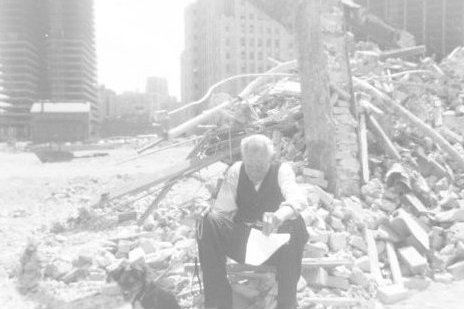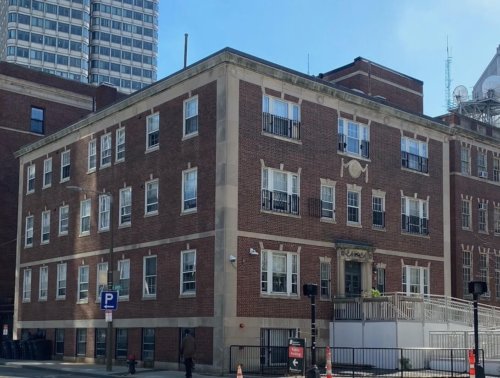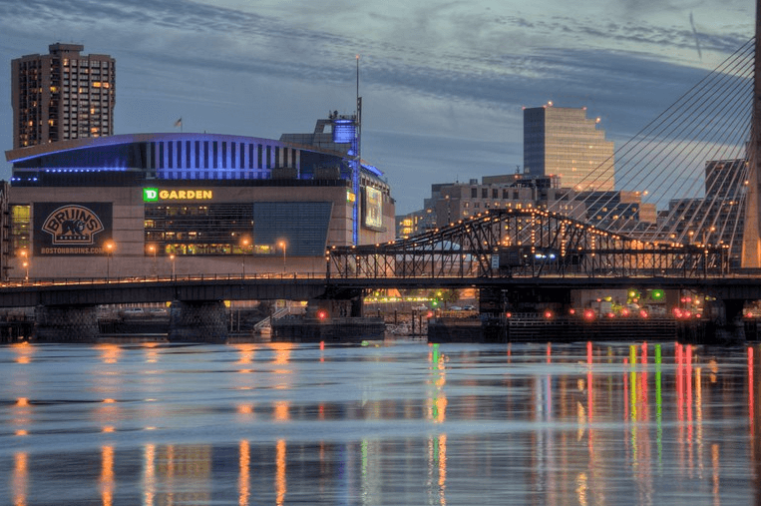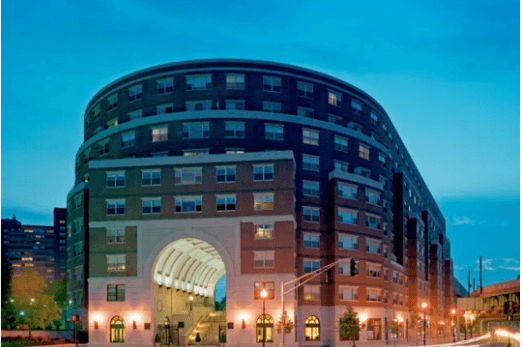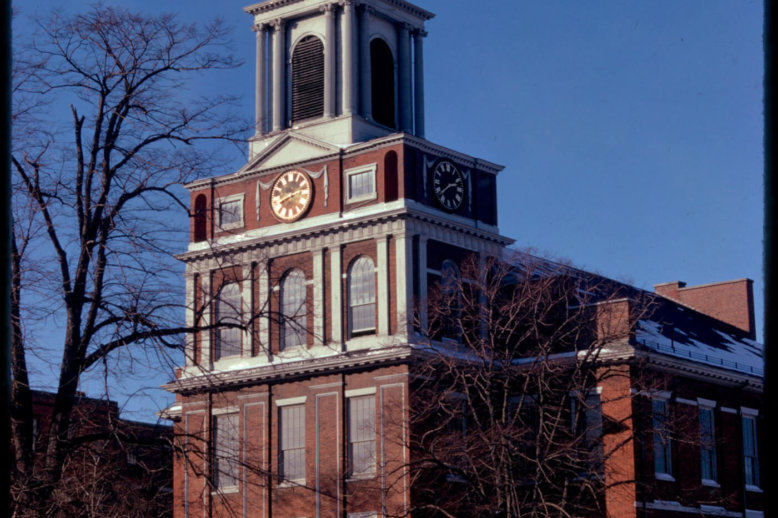The First Twenty Years of The West End Museum
For twenty years, The West End Museum has preserved the history of the West End and the memories of its residents, many of whom were displaced by an urban renewal project in the late 1950s which demolished their homes and destroyed their community. The journey from the time of the evictions to the opening of the Museum’s doors in 2004 was full of fits and starts, including long legal battles. In the end, the perseverance of the entire lost community, and a smaller number of its dedicated leaders, made The West End Museum a reality.



